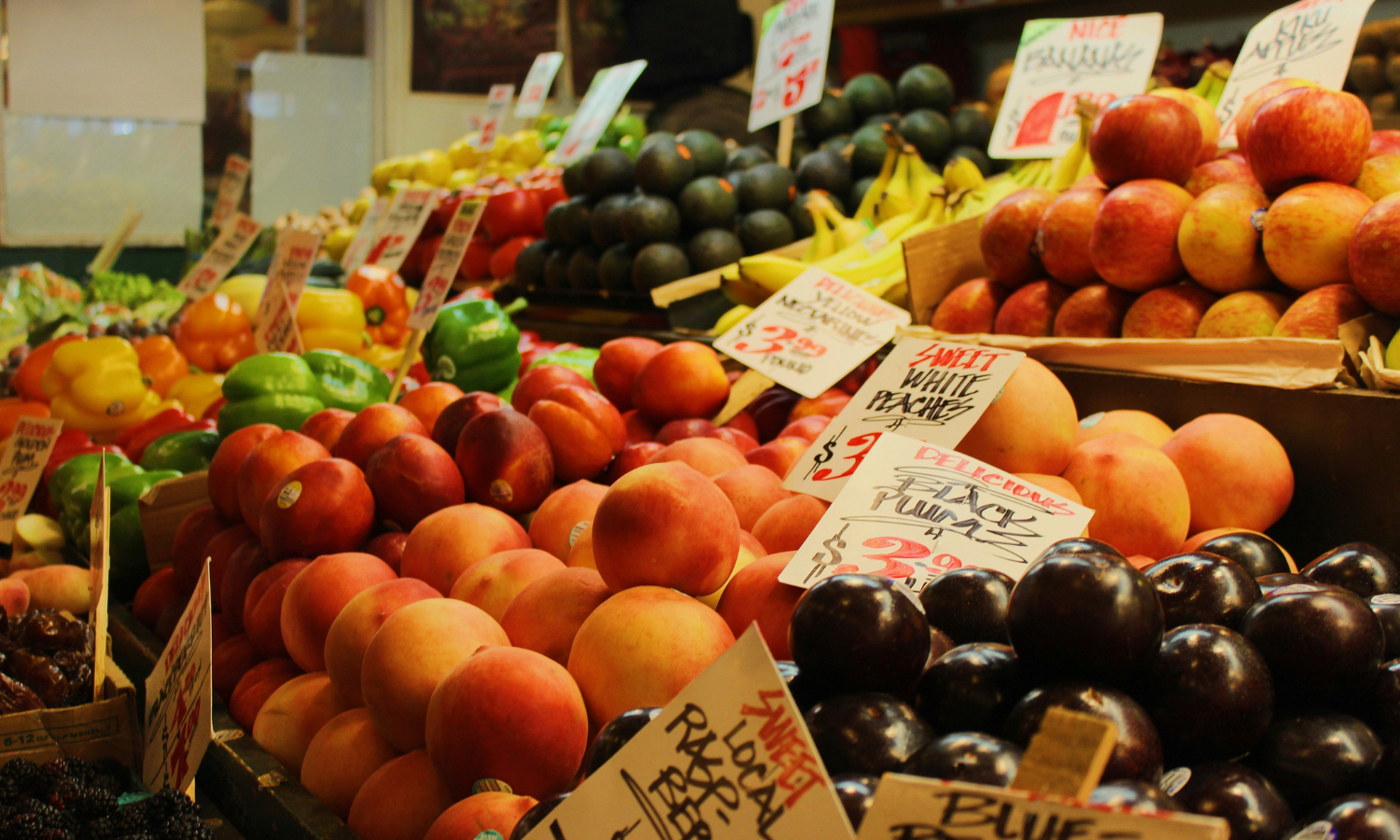Pay-what-you-can farm stands are gaining traction as food insecurity and inflation continue to impact eaters across the United States. While prioritizing food access, the pay-what-you-can model also encourages consumer autonomy, dignity, and community across a range of socioeconomic groups.
“We’re able to provide such high-quality produce that anybody can shop,” Javier Guerrero, President and CEO of Coastal Roots Farm, one of the first farms to open a pay-what-you-can initiative, tells Food Tank.
Coastal Roots Farm, located in Encinitas, California, operates as a normal farm stand or supermarket, where consumers can shop for produce of their choice. At the point of payment, their private check-out system allows shoppers to view their total bill and choose the portion they can comfortably and willingly pay. Their market offers up to US$30 off produce at no-cost to those who need it.
“Those that can pay, pay. Those that need to deduct, deduct. Some people might donate,” Guerrero says.
Guerrero emphasizes that the market promotes the same shopping experience for people from all different walks of life, whether they can pay for any, all, or more than their total cost of produce. He says the customers who are paying the full fare, or even donating a little more, know they may be helping someone who is shopping right next to them and needs that support.
Last year, Coastal Roots Farm grew 86,000 pounds of food and fed 45,000 people, according to Guerrero. Between 70 -75 percent of what they grew is donated to the community, both through the farm stand or other initiatives.
Coastal Roots Farm has also inspired several other pay-what-you-can farm stands across the nation. Common Good City Farm, located in Washington D.C., launched their first pay-what-you-can initiative during the COVID-19 pandemic.
“The question that we asked ourselves was how do we create a market where everyone can still shop for whatever they want, and that their ability to pay for that doesn’t impact their ability to shop,” Samantha Trumbull, Executive Director of Common Good City Farm, tells Food Tank.
Common Good City Farm is located in Ward 1, which houses over one tenth of the total D.C. population, according to DC Health Matters. They report that 20 percent of all households in Ward 1 earn less than US$49,999 annually. On average, white households earn twice that. Common Good City Farm’s pay-what-you-can model intends to respond to this inequality.
Trumbull explains that Common Good City Farm initially aimed to create a system that allowed people to pay a discounted price or pay nothing, while also encouraging those who can to pay more.
While the farm stand successfully increased access and reduced socio-economic stigma, she says they still find some community members are hesitant to shop when they can’t make any payment.
“It is our constant job to work on the way we communicate this to people,” Trumbull tells Food Tank. But through conducting demographic surveys on site, the Farm has found that people who can afford to pay more or donate are not nearly meeting the level that they had hoped and encouraged.
“People do tip and do pay extra to support the program, but not nearly at the level that we wanted to encourage them to,” Trumbull says. “We really think there are plenty of people in our community who can pay 200 percent of the suggested price, and no one is doing that.”
Trumbull and Common Good City Farm anticipated that the higher income group would help subsidize those with lower incomes. Yet, they were surprised to find that reciprocity was most prevalent among their middle-income shoppers.
This pay-what-you-can model has also been used at Groundwork Farms and Sprout City Farms in Denver, Colorado to ensure fresh produce is affordable and available for all of their community members. EarthDance Organic Farm School in Ferguson, Missouri also debuted a pay-what-you-can drive-thru farm stand in response to the pandemic; the farm’s success with this model inspired them to employ it at their farmers’ market booth and develop a physical on-farm stand.
According to the U.S. Department of Agriculture (USDA), 12.8 percent of U.S. households were food insecure at some time during 2022, a significantly higher rate than the 10.2 percent in 2021. “Food insecurity has not gone away in San Diego [county] as it hasn’t with many parts of the country,” Guerrero tells Food Tank. “With the costs of inflation and the costs of everything, really, people shouldn’t have to question their ability to eat well and stay healthy.”
Articles like the one you just read are made possible through the generosity of Food Tank members. Can we please count on you to be part of our growing movement? Become a member today by clicking here.
Photo Courtesy of Melissa Askew, Unsplash











